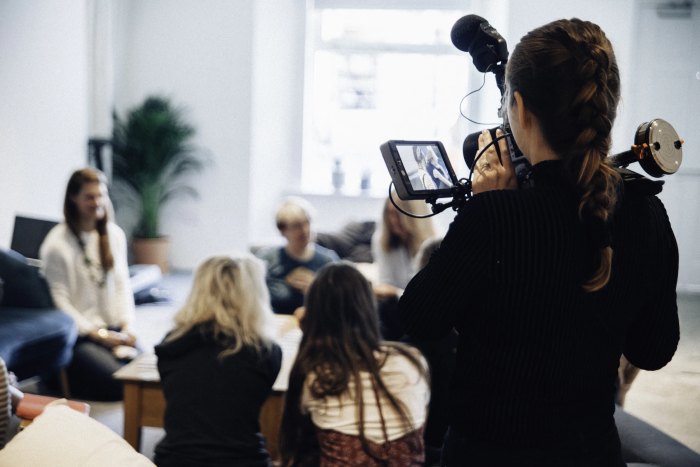
How can journalists foster audience participation and journalism literacy? The new article “Journalists as Media Educators: Journalistic Media Education as Inclusive Boundary Work.” by Maarit Jaakkola of University of Gothenburg seeks to answer this question.
Media education is defined as the ability to evaluate and act upon media messages. According to previous research, journalists avoid using terms like pedagogy and education when discussing their relationship with the audience.
Three ways of seeing JME
Theoretically, journalistic media education (JME) is seen by Jaakkola in three ways. First, as a set of boundary practices, defined as set of practices set to distinguish a profession from others. JME is then a case of inclusive boundary work, as journalists consciously seek to advice the audience of the norms and ‘secrets’ of the profession.
Second, it can be seen as non-formal and extramural education – meaning education that occurs along traditional education in schools, for example, but not as a part of the official curriculum.
Third, it can be conceptualized as strategic audience work – by educating, journalists engage with the audience and also emphasize the importance of critical, quality journalism.
Three ways of doing JME
Journalistic media education has been conducted in several ways. For example, a project called Faktana, kiitos! (using facts, thank you!) was a case of ‘Media Education on Journalism’. In it, ja total of 160 journalists visited schools and taught media education explicitly to the pupils.
‘Media education in journalism’ occurs for example in sections of traditional media that are dedicated to an educational task: such as Lasten uutiset (children’s news) in the Helsingin Sanomat, a large and respected Finnish newspaper. Media education in journalism is not just targeted to young people and children. Fact-checking is a widely advocated media education method, practiced by newsrooms themselves.
‘Media education via journalism’ is an inclusive method where journalists involve the audience with the newsmaking process, either inhouse – which is no longer the preferred method – or by simulation. This is done by many Nordic newsrooms.
Three goals of JME
JME for its practitioners is intended to set journalism apart from other text types. It can be seen as having three goals: according to Jaakkola, these are protection – from the alleged crisis in journalism with the advent and claims of fake news, marketing – acquiring new audiences and keeping the old, and enlightenment – making clear what makes journalism distinct from other communication.
The article “Journalists as Media Educators: Journalistic Media Education as Inclusive Boundary Work” by Maarit Jaakkola is in Journalism Practice (open access).
Picture: Untitled, Bristol, United Kingdom by Vanilla Bear Films, license Unsplash